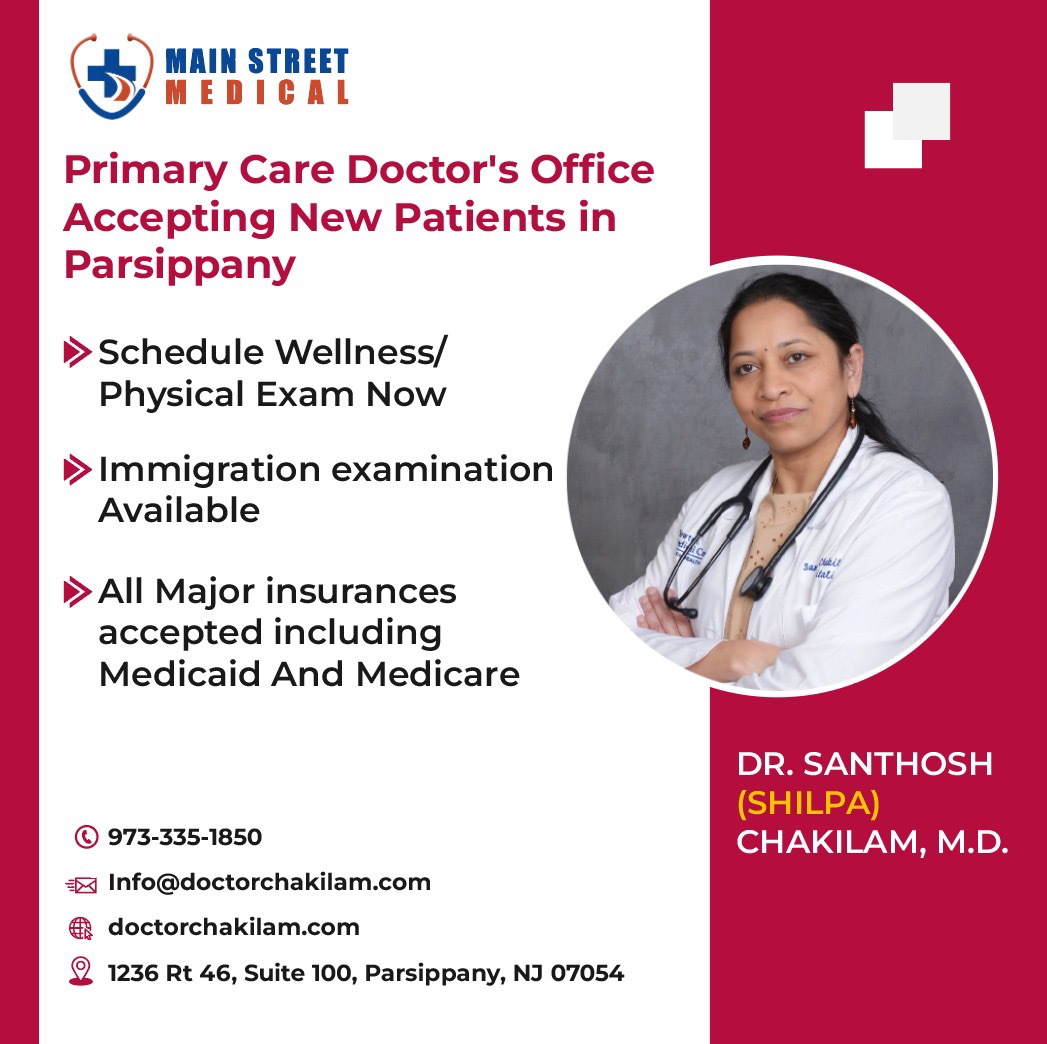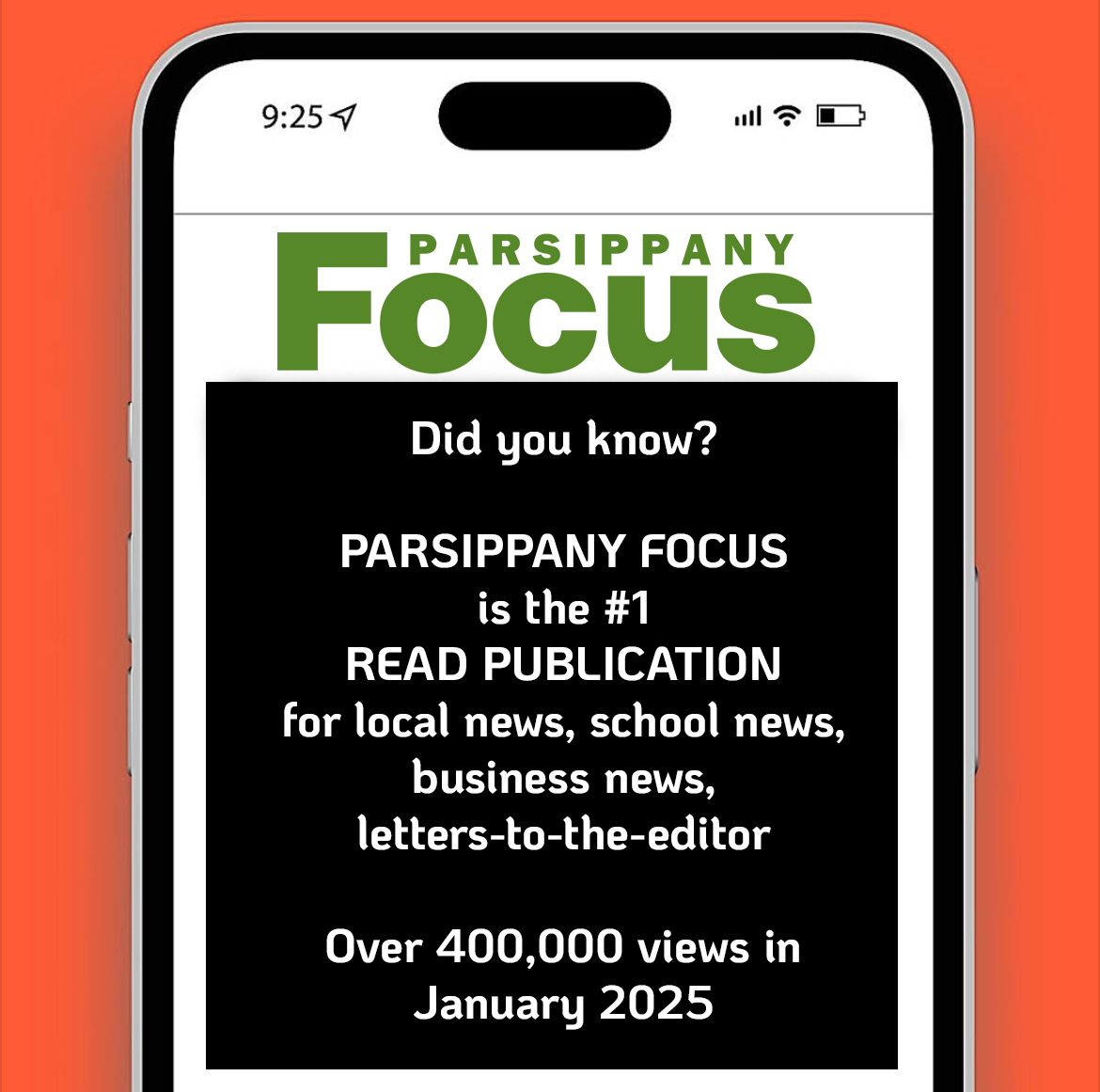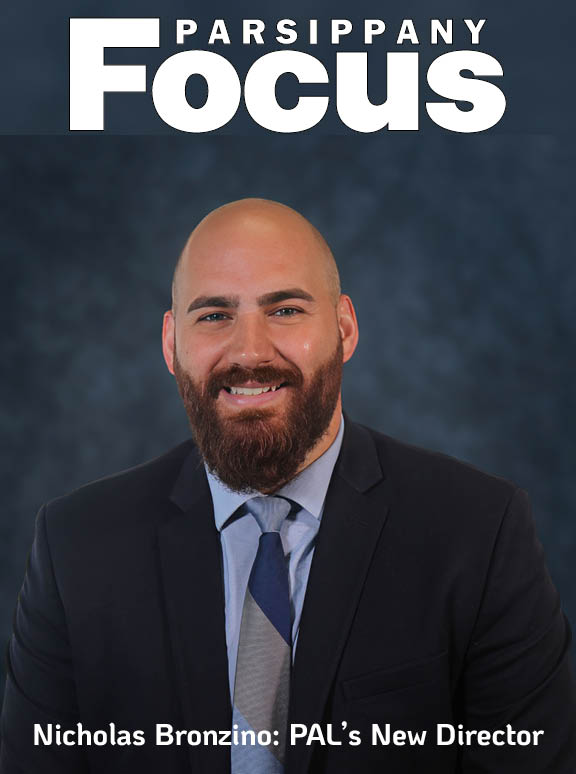A little known and even less publicized feature of the affordable housing rules is the concept of Urban Aid Municipalities as defined by the state legislature. The 46 Urban Aid Municipalities are home to 30% of New Jersey’s population, and they contribute heavily to the number of affordable housing units needed at the state and regional level. However, they are under no obligation to actually build affordable housing units, so their obligation must be absorbed by the remaining 70% of the state. In Morris County, which lies in region 2, affordable housing quotas are inflated by at least 40% because of the Urban Aid Municipality exemption.
To be designated as a “Qualifying Urban Aid Municipality”, only one of three criteria must be met. It should come as no surprise that each of these criteria have little to do with affordable housing and everything to do with politics. As a result, the majority of voters in almost every municipality that appears on the Urban Aid Municipality exemption list is affiliated with a single political party. Let’s examine each of these criteria a little closer.
Rule #1 states that if a municipality contains a number of substandard housing units greater than the regional average, then it qualifies as an exempt urban aid municipality. But logically, why would you want to discourage towns that have a large inventory of substandard housing, like Newark, Camden, Paterson, and Trenton, from building affordable housing that actually meets acceptable living standards?
Rule #2: Any municipality with a population of at least 10,000 people per square mile of land area is exempt from affordable housing obligations. This rule may also be labelled as the Hudson County Exemption Rule because of the way it is constructed. Rule #2 exempts 87% of Hudson County’s population, while few, if any, other towns in the state meet this criterion. A high population density has not prevented affluent towns like Jersey City and Hoboken from adding tens of thousands of market value housing units in the last decade. Why shouldn’t some of them be affordable?
Rule #3 appears to be specifically targeted to exempt the Essex County constituency. Essex didn’t quite make the 10,000 people per square mile criterion, so that rule had to be tweaked a little bit. Rule #3 exempts municipalities with populations of 6,000 to 10,000 per square mile provided that the amount of vacant land in the municipality is less than 5%. This contrived rule exempts 70% of Essex County, while the 5% vacancy clause limits many other towns in the state from qualifying. Montclair, one of the more affluent towns in the state, gets an affordable housing free pass under this rule.
It’s easy to understand why the legislature included these rules in the Fair Share Housing Act. They were just taking care of their loyal constituents. But if the New Jersey Supreme Court was truly concerned about the equitable distribution of affordable housing throughout the state, then these rules should have been struck down. The true intentions of the Fair Share Housing Center and Dr. Kinsey also come into question here because of their lack of objection to these rules. Why didn’t they demand that their fair share methodology be applied to all municipalities equally and without exception? In fact that is exactly what should happen. The Econsult and Dr. Kinsey methodologies should be applied uniformly throughout the state. The only reason any municipality should be exempted from their affordable housing obligation is if the Econsult and Dr. Kinsey calculations result in a zero obligation.
The Urban Aid Municipalities Exemption rules need to be challenged and they need to be overturned.
So, I am asking the council and the mayor to initiate the process by either formally requesting Econsult to challenge the rules, or by commissioning our own legal counsel to do it. I would now like to hear from each of you whether you intend to pursue this course of action or not, and if not, please explain why.
Thank you
Bob Venezia














